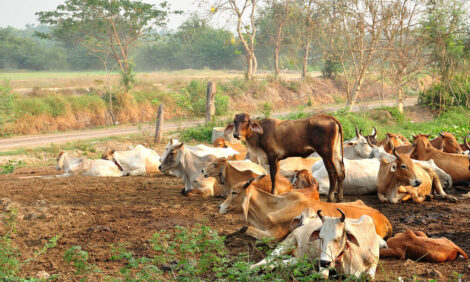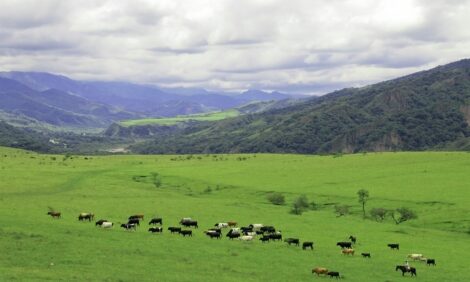



Study focuses on cow lameness
UK - THE modern dairy cow can produce vast quantities of milk with the average yield having doubled over the last 40 years. But that productivity comes at a cost, with animals routinely lasting for no more than three full lactations. One of the major problems is lameness. Some animal welfare organisations claim that up to one third of the UK's dairy cows are lame at any one time. However, the issue is being addressed as Nick Bell of the Bristol Veterinary School explained yesterday at the annual Semex dairy conference in Glasgow."It is now possible to define the physical, and to some extent, the mental, suffering associated with many forms of welfare compromise, including lameness in dairy cows."
In 2002, Bristol launched an intervention study involving 60 dairy farms interested in reducing the incidence of lameness. The research focussed on dairy heifers as the evidence pointed to this being the group that underwent the greatest deterioration in foot health in most herds. Farm specific interventions were conducted through herd health planning programmes.
Bell commented: "The project had success stories, but was challenged by the widespread negative opinion associated with herd health planning and the variability of partnerships between farmers and the local vet.
"Other issue which we encountered were the inconsistencies with which the severity of lameness is defined, the questionable value of benchmarking without quality support."
With milk prices at a very low level, producer margins are slender, if not non-existent. Farmers clearly are striving to cut costs and many large animal vet practices have noted that they are being called out less frequently and are also having to wait longer to have bills settled.
Source: The Scotsman


